
As Niger Celebrates New FIFA Mini-Pitches, Nigeria Faces Questions Over Misused Funds
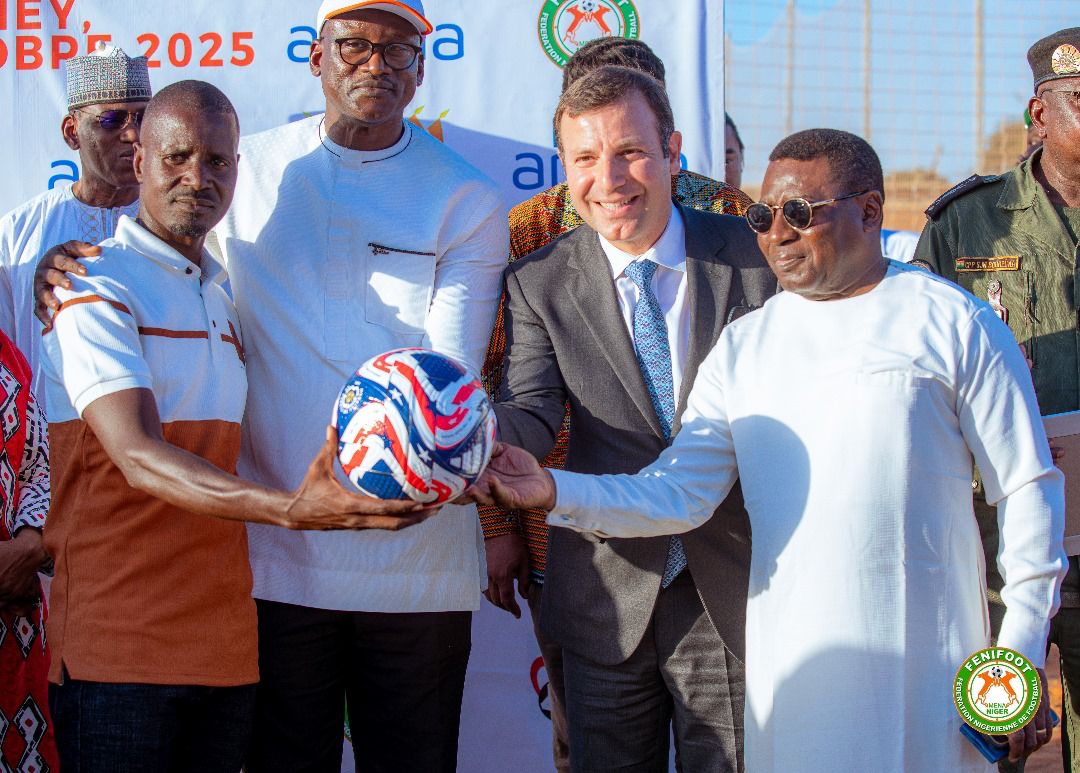
In a highlight for youth football in West Africa, Niger has become the third African country to benefit from the FIFA Arena mini-pitches initiative. Two pitches were officially inaugurated in Niamey at CES 22 Talladje and CES 9 Harobanda primary schools.
The programme, launched in January 2025 as part of FIFA’s broader “FIFA Forward” efforts, aims to deliver at least 1,000 grassroots-friendly mini-pitches worldwide by 2031, giving children safe and inclusive spaces to play. In Niger’s case, the new infrastructure is expected to benefit around 10,000 young people.
Officials from the Nigerien Football Federation (FENIFOOT) and FIFA emphasised that these pitches are more than mere fields; they are intended as platforms for social inclusion, community engagement, and early-stage talent development, especially in disadvantaged neighbourhoods.
Yet across the border in Nigeria, the contrasting story of football-infrastructure funding has sparked controversy and raised questions about accountability. FIFA development funds meant for grassroots and facility projects have faced repeated scrutiny, particularly in relation to two so-called “Goal” projects in Birnin Kebbi (Kebbi State) and Ugborodo (Delta State).
In October 2025, FIFA’s social-media account displayed a photo of the Birnin Kebbi stadium, funded to around 1.2 million USD, while the project remained noticeably incomplete. The image went viral and triggered public backlash in Nigeria about how funds were being used.
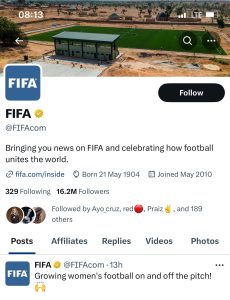
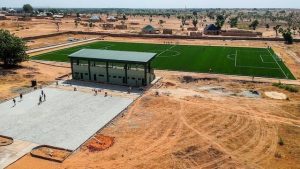 I
I
Former governors and sports officials have publicly accused the Nigeria Football Federation (NFF) of neglecting to execute promised FIFA-funded stadiums and mini-stadiums, even after land was allocated and initial assurances given.
The NFF, however, maintains that it has complied with auditing and project-oversight requirements and insists that funds are tied to specific projects with FIFA validation at each stage.
This contrast between Niger’s newly launched mini-pitches and its stalled infrastructure raises broader questions about how international football-development funds are being deployed across Africa. In Niger, the model appears straightforward: a pilot initiative, visible progress, and community engagement. Nigeria’s challenge seems less about lack of money and more about delivery, transparency, and sustainability.
For young players in Niamey, the new pitches mean tangible opportunities, a proper surface, coaching, and a renewed sense of community in sporting life. For Nigerian hopefuls, the promise remains elusive: funding granted, facilities promised, but for many, the field of play still stands unfinished.
The results on the pitch may one day reflect more than just talent; they may reflect the legitimacy of investment behind the goalposts.
About The Author
Related Articles
Burkina Faso Releases Detained Nigerian Aircrew After Unauthorised Landing
Burkina Faso has released eleven Nigerian military personnel who were detained after...
ByWest Africa WeeklyDecember 12, 2025AES, Togo and Chad Launch Strategic Energy Projects in Niamey
Ministers of Energy from the Alliance of Sahel States, alongside their counterparts...
ByWest Africa WeeklyDecember 12, 2025Senate Pleas Exemption from VIPs Security Withdrawal
The Nigerian Senate has appealed to President Bola Ahmed Tinubu to exempt...
ByJoshua ChuwangDecember 12, 2025US Peace Talks All for Nothing as Fighting Engulfs Eastern Congo and Rebels Advance
What was presented as a breakthrough moment of diplomacy has instead become...
ByWest Africa WeeklyDecember 11, 2025





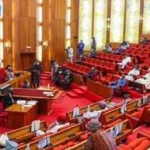
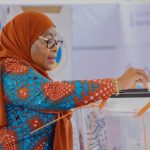

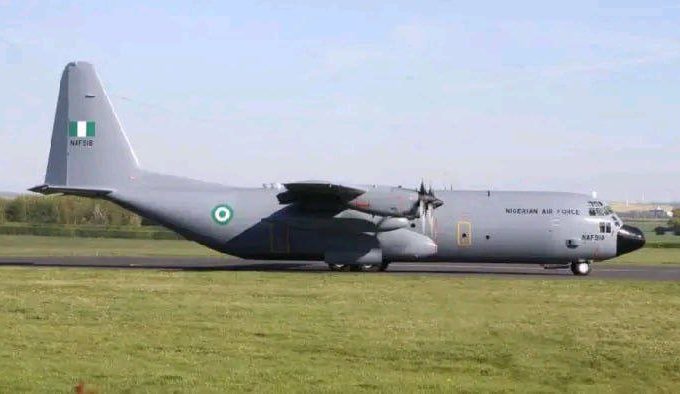
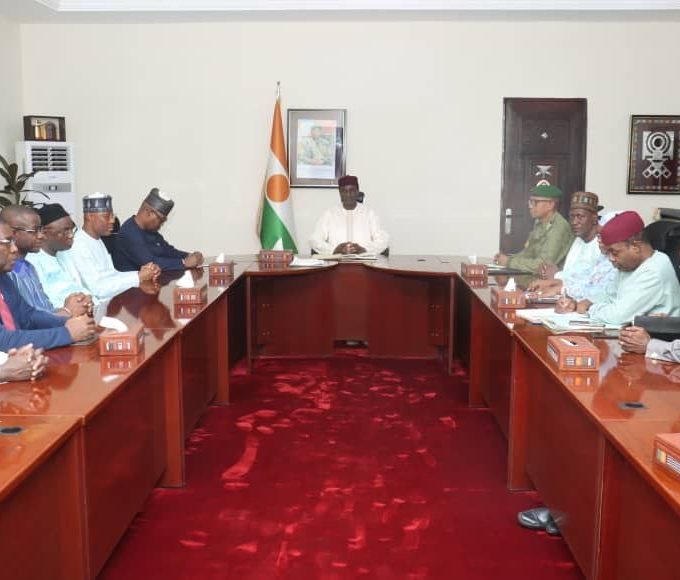
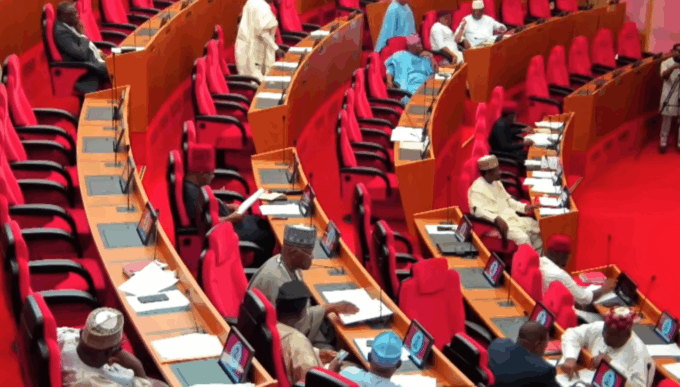
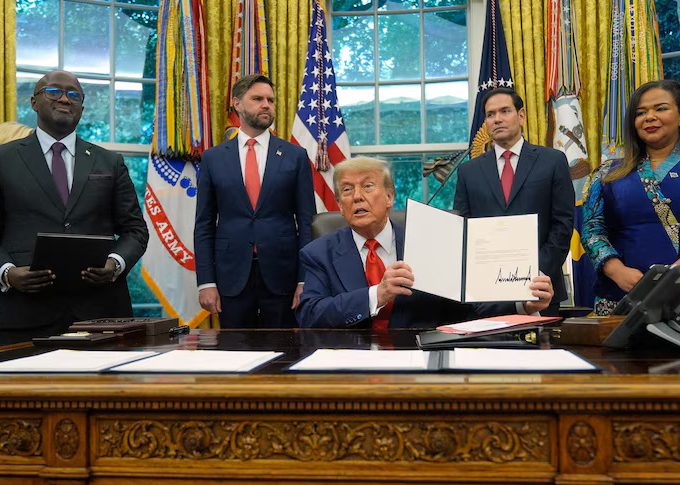
Leave a comment